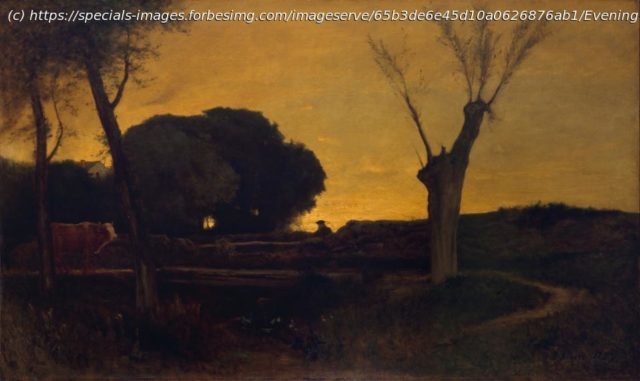Vision researchers show that people can tell from just a picture of the sky whether it’s morning or night, even when that picture is a centuries-old painting.
Both sunrise and sunset mark a change between bright daylight and the darkness of night, with the sky often turning hues that you won’t see the rest of the day. Most people can usually tell quite quickly whether the colors of the sky signify morning or evening based on where the sun is or whether it’s appearing or disappearing. But a new study suggests that our human eyes might be even better at distinguishing sunsets and sunrises than we think: people can tell from just a picture of the sky whether it’s morning or night, even when that picture is a centuries-old painting.
Researchers from Newcastle University in the United Kingdom and Delft University of Technology in The Netherlands recently carried out a study to find out how well people are able to estimate the correct time of day in a series of paintings. They collected digital images of more than a hundred landscape paintings. The name of many of these paintings clearly indicated the time of day that the painting was set at. For example, one painting by George Inness was called “Evening at Medfield, Massachusetts”, which is a big clue to the time of day the artist intended to show.






